Deep Learning vs Surface Learning: Approaches and Significance 2018
VerifiedAdded on 2023/06/12
|5
|1009
|151
Essay
AI Summary
This essay provides a comparative analysis of deep and surface learning approaches, exploring their distinct characteristics, impacts on student performance, and long-term educational outcomes. Deep learning is characterized by a thorough comprehension of academic concepts, driven by curiosity and a desire to apply knowledge in real-life situations, leading to better exam performance and character transformation. In contrast, surface learning involves passively accepting new concepts without critical scrutiny, often resulting in poor exam performance and limited application of knowledge. The essay recommends adopting deep learning strategies, emphasizing the importance of comprehensive module coverage, establishing connections between concepts, and addressing knowledge gaps through revisiting past material. It also suggests that teachers and guardians monitor student progress and ensure dedicated study time. The analysis concludes that deep learning is superior due to its positive impact on both academic achievement and the learner's life, advocating for its implementation to foster a more meaningful and effective educational experience.
1 out of 5
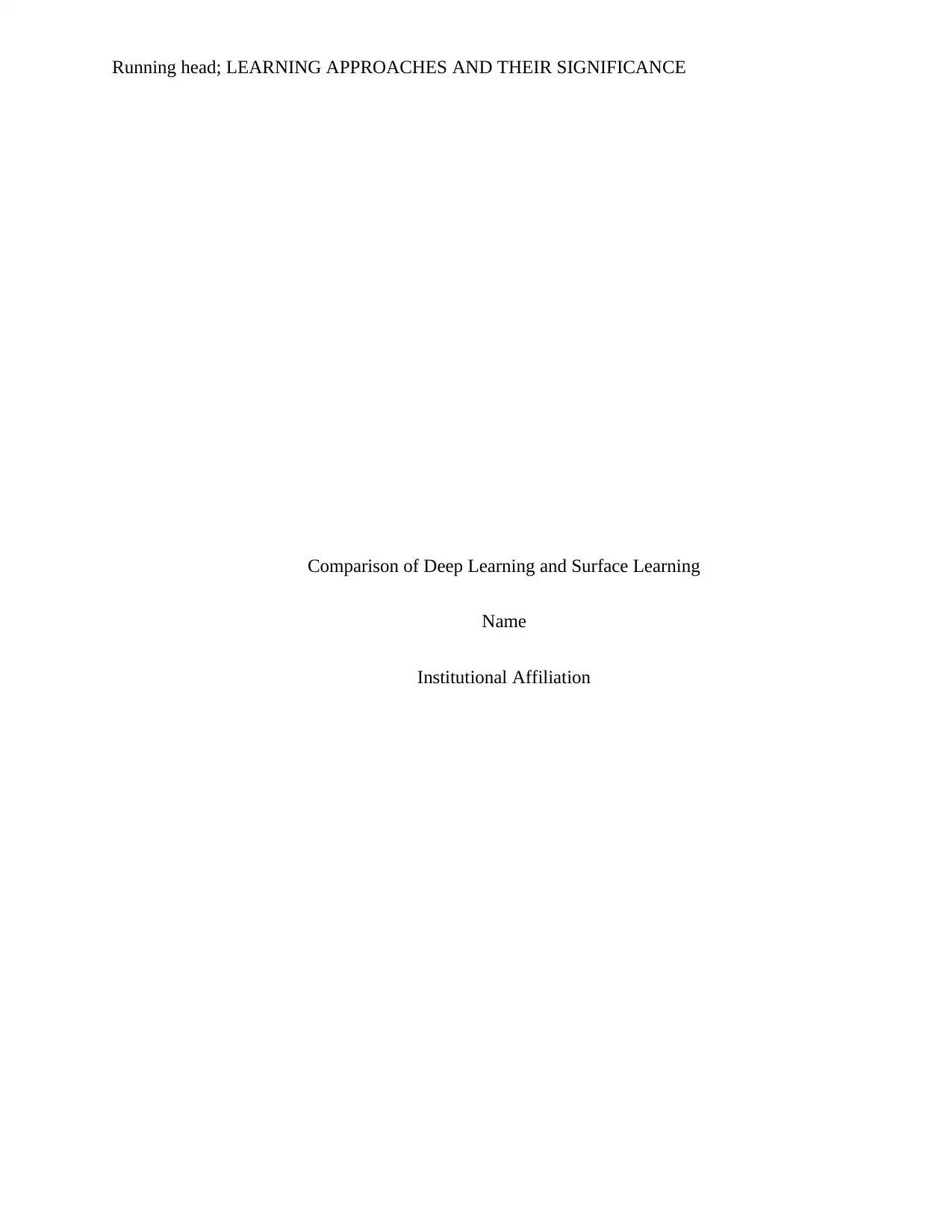
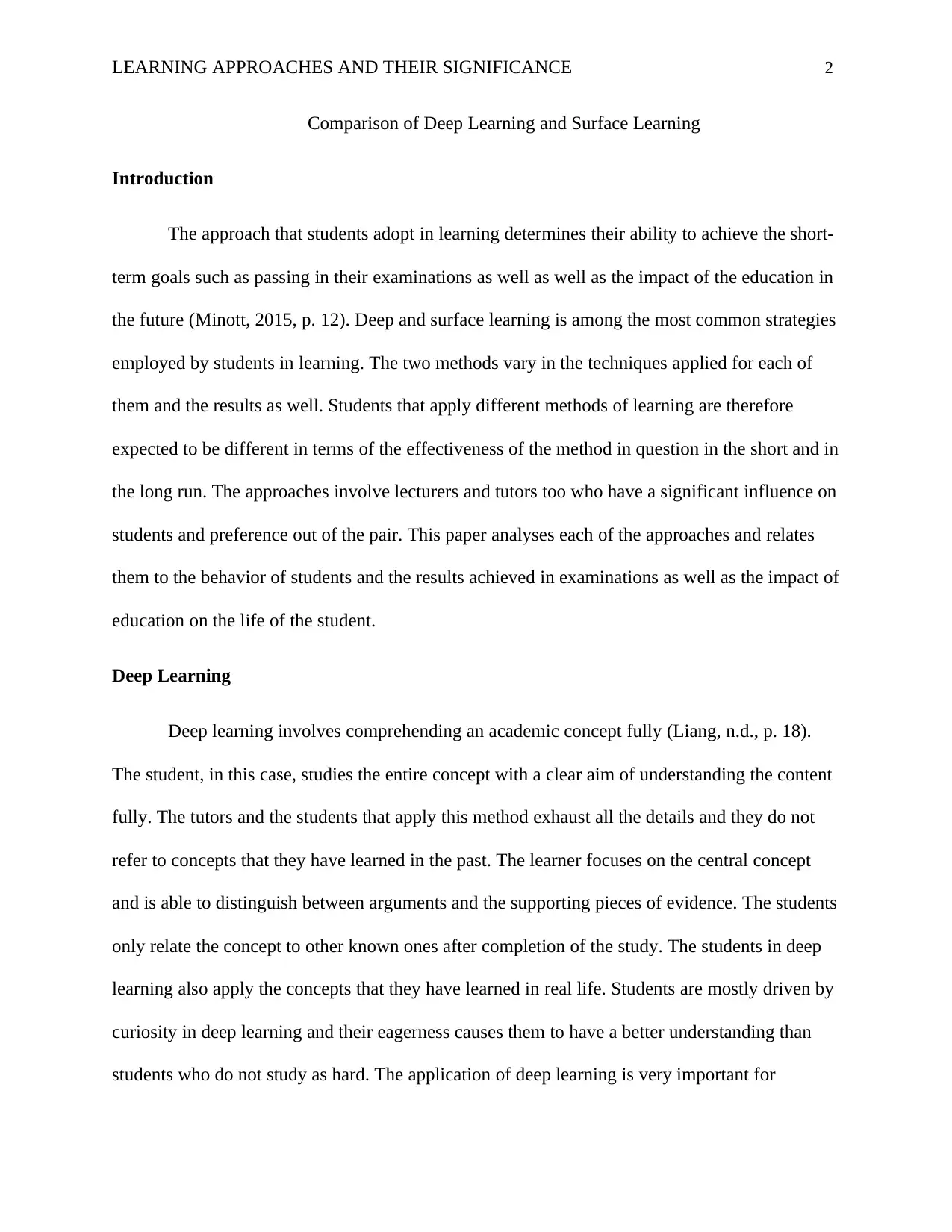
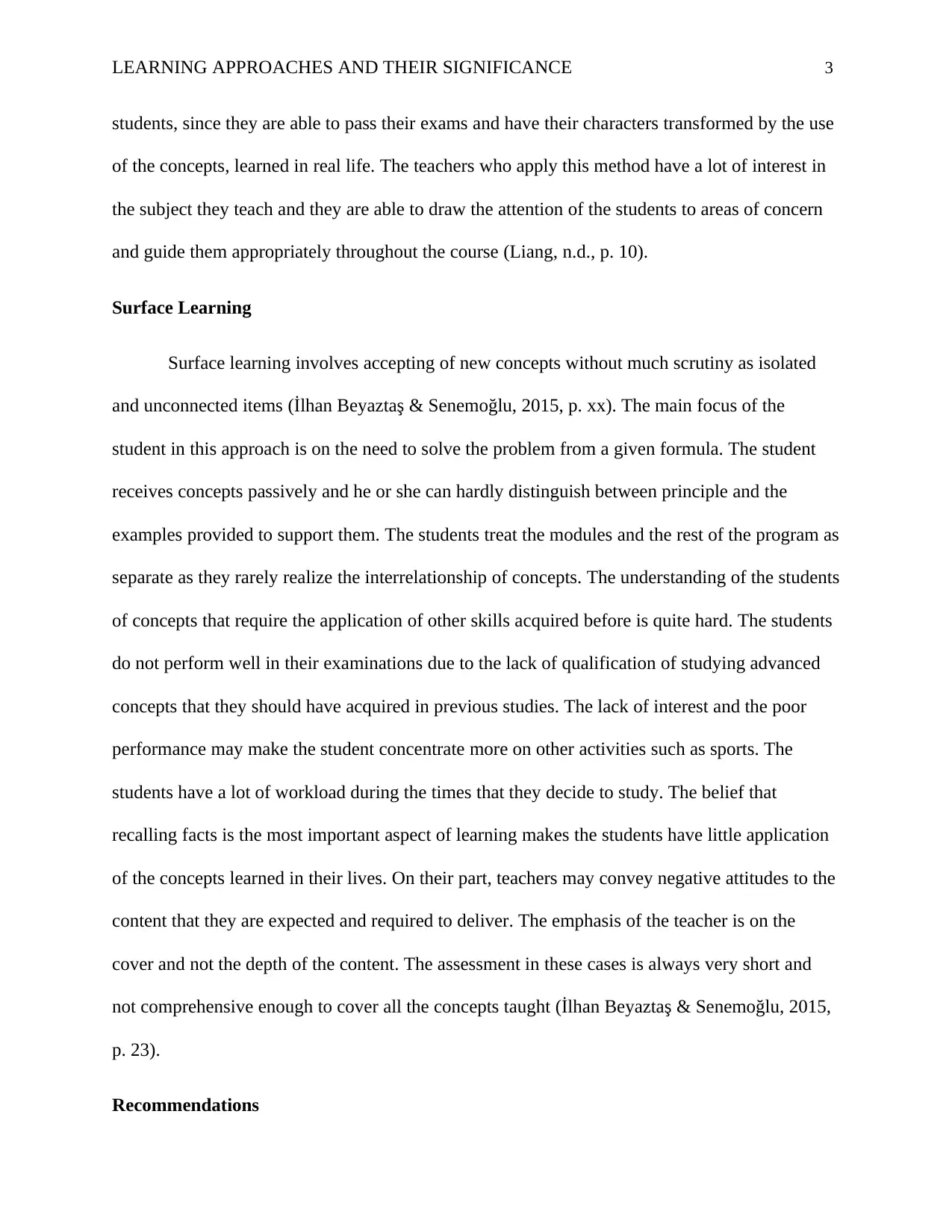

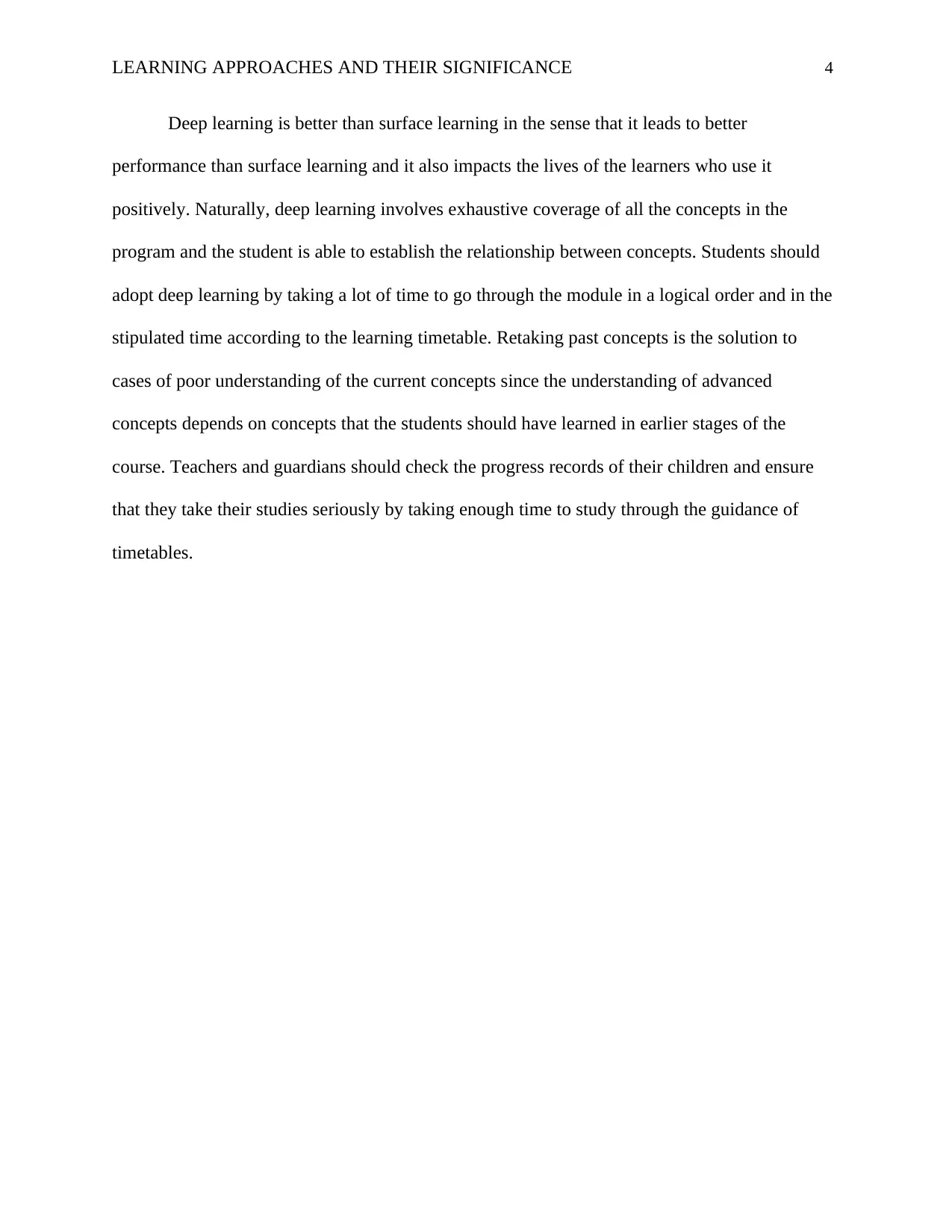
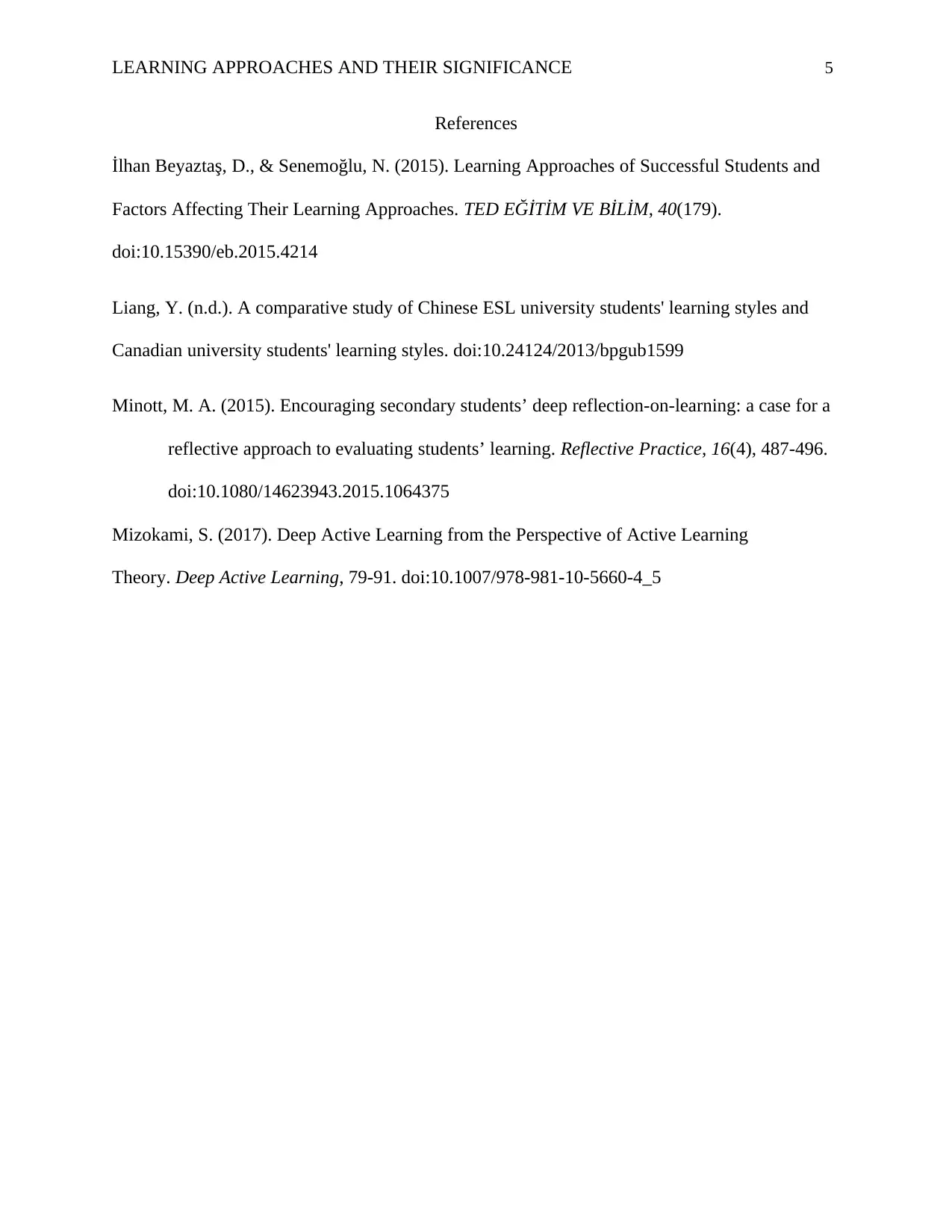




![[object Object]](/_next/static/media/star-bottom.7253800d.svg)